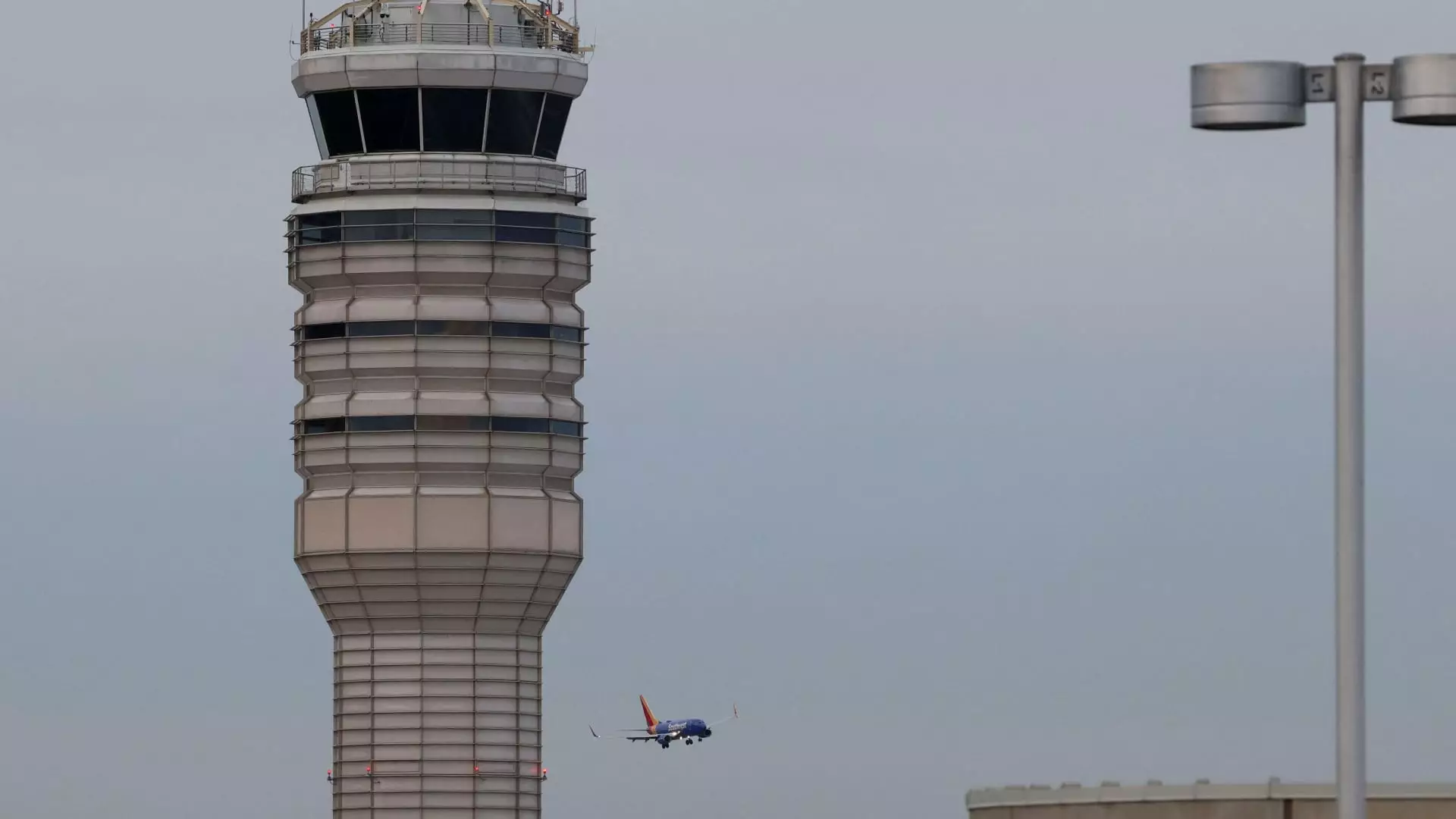In a tragic incident earlier this week, the aviation community was rocked by the fatal collision between an Army Black Hawk helicopter and an American Airlines jetliner near Ronald Reagan Washington National Airport. This accident, which occurred during the final moments of the plane’s approach, resulted in the loss of all lives on board both aircraft, marking a somber chapter in U.S. aviation history. Notably, this incident stands as the deadliest commercial airline crash in over fifteen years, raising substantial concerns about airspace management and safety protocols.
In light of this dire situation, the Federal Aviation Administration (FAA) has decided to implement restrictions on helicopter traffic in the vicinity of the airport. Transportation Secretary Sean Duffy announced these measures via social media, emphasizing their critical role in safeguarding the airspace around Reagan Airport. The newly restricted airspace spans from Memorial Bridge to South Capitol Street Bridge and includes specific parameters to enhance navigational control and reduce potential risks of similar incidents in the future.
Duffy reassured the public of the government’s commitment to aviation safety, underlining that the American people should have unwavering confidence in the systems designed to protect them while traveling. This declaration signifies not only a responsive action but also an acknowledgment of the need to restore trust in the aviation framework following the tragic event.
The operational dynamics of air traffic in Washington, D.C. are complex, with helicopters often following predetermined zones or tracks. National Transportation Safety Board member Todd Inman highlighted this structured system during a briefing after the incident. This scenario indicates that the Black Hawk was maneuvering between designated tracks when it encountered the American Airlines flight. The systematic reliance on established flight paths raises questions about adherence to protocols and communication between military and civilian air traffic.
The ramifications of this collision extend beyond the immediate tragedy. American Airlines CEO Robert Isom has pointed out the uncertainty regarding how the military helicopter entered the path of the commercial flight. This has triggered a thorough investigation into various factors such as altitude maintenance, staffing, and air traffic controller communications. As investigations progress, the aviation industry is urged to reassess existing operational frameworks to mitigate risks in shared airspace.
This catastrophe serves as a critical reminder of the potential dangers inherent in aviation, which can often be taken for granted. Industry stakeholders, including governmental bodies and airline executives, must collaborate to ensure that protocols are not only established but rigorously followed.
Ultimately, the steps taken following this tragic event will shape the future of helicopter and airplane operations in close proximity. It emphasizes the need for rigorous evaluation of air traffic regulations, perhaps leading to new protocols that prioritize safety and prevention of such catastrophic miscommunications. In restoring public trust and securing the airspace, the aviation industry must prioritize both innovation in safety measures and the dissemination of information to the flying public. Only with collective vigilance and proactive regulation can the aviation community hope to prevent such tragedies from occurring in the future.


Leave a Reply